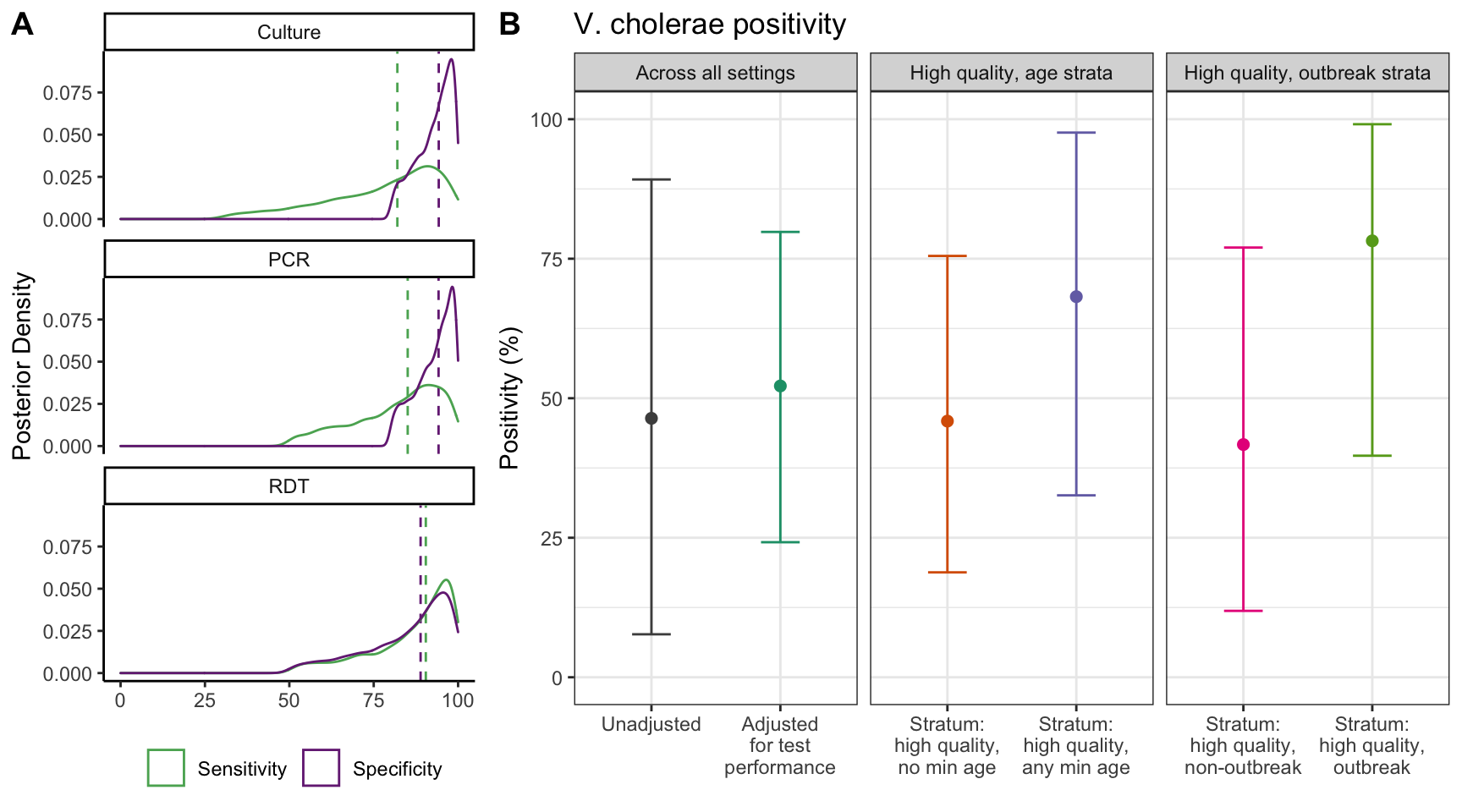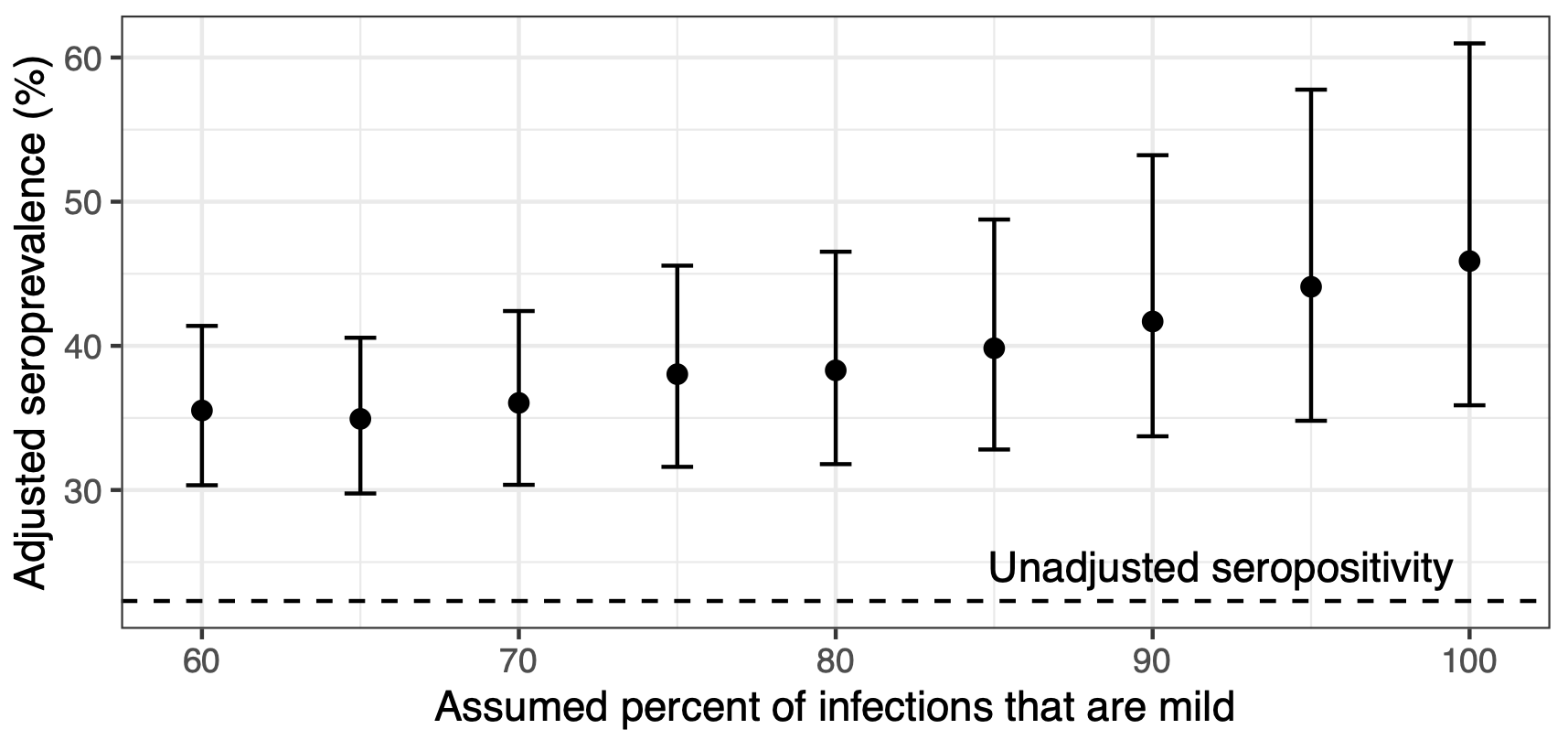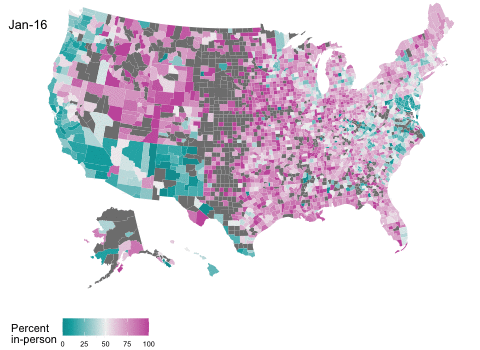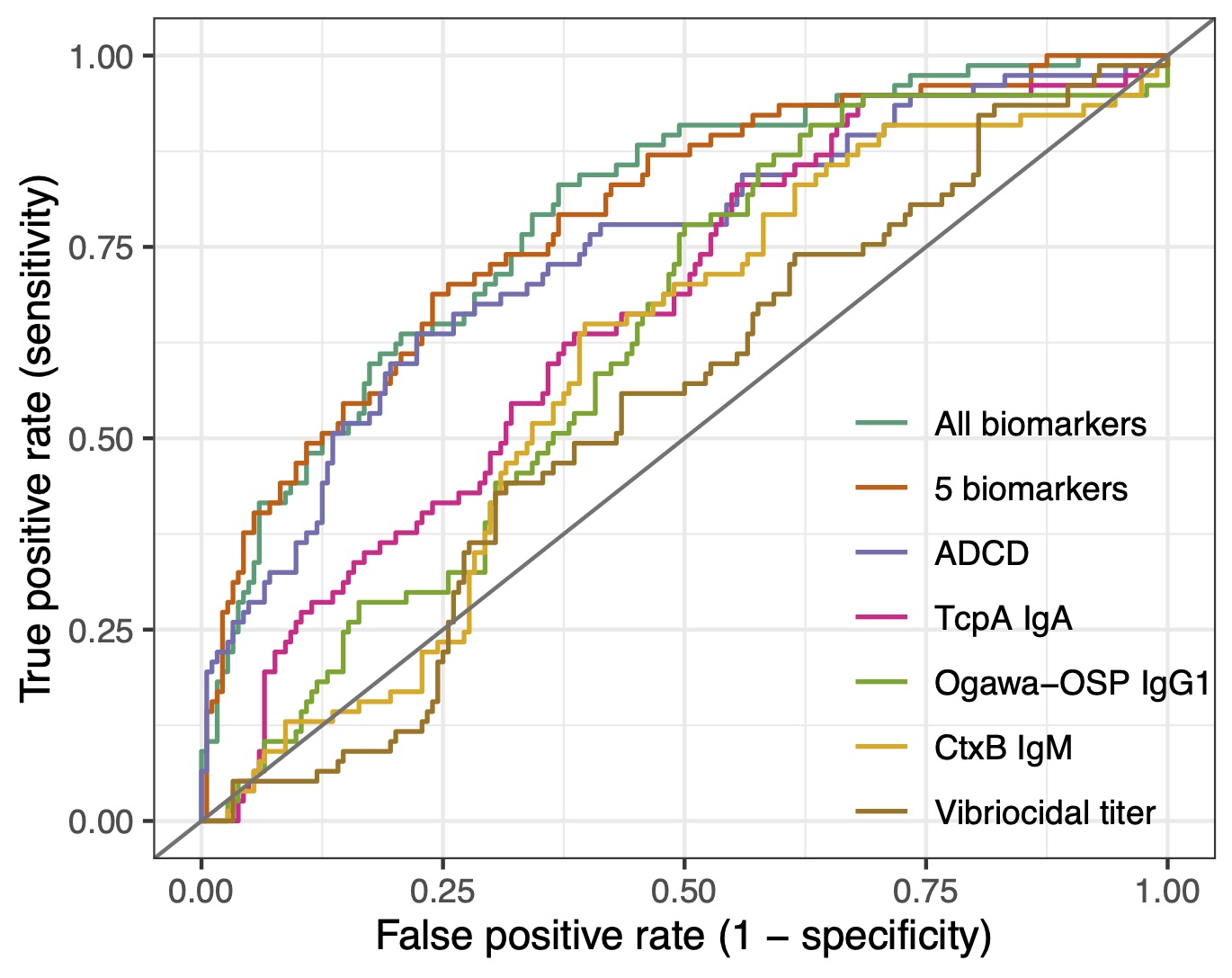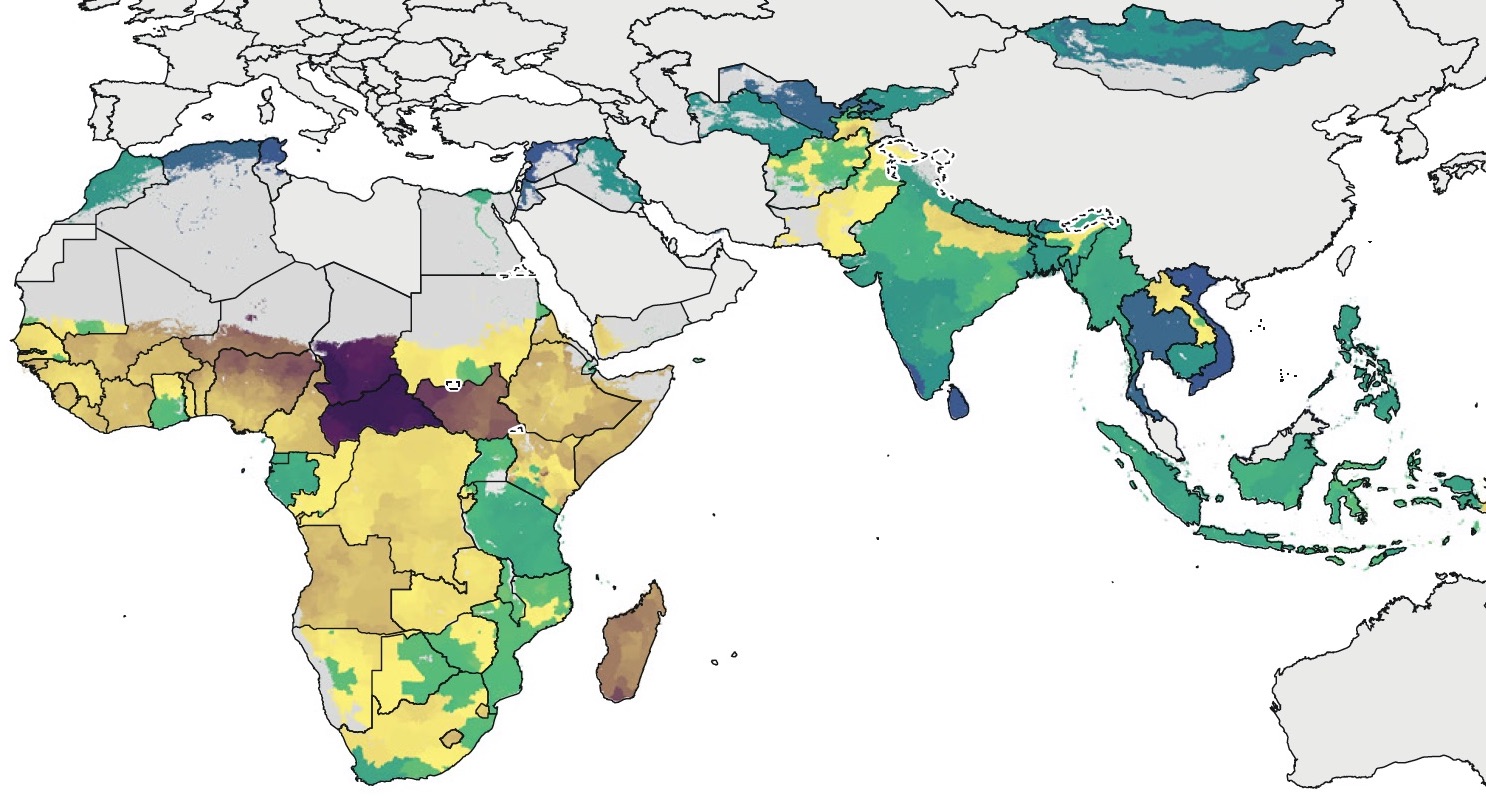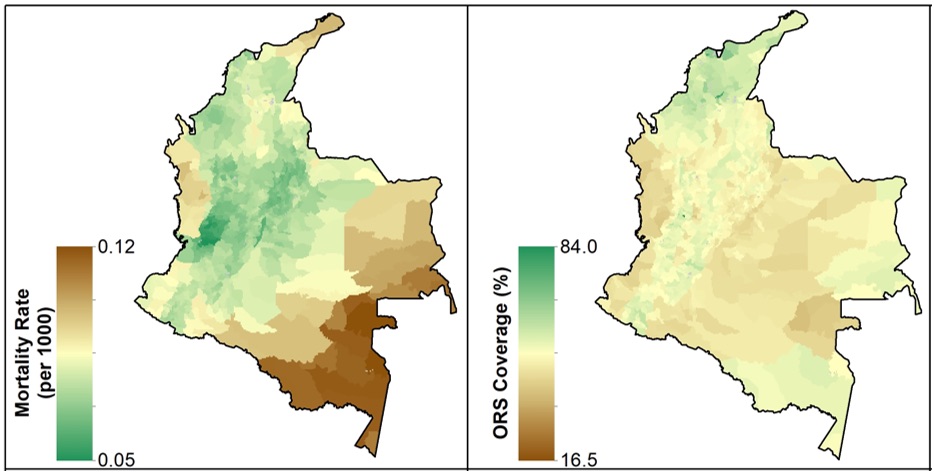I’m an infectious disease epidemiologist with a diverse training and research background. I received my PhD in immunology from New York University School of Medicine and then went on to conduct postdoctoral research in spatial epidemiology at the University of Washington (IHME). I completed a second postdoc in sero-epidemiology and infectious disease dynamics at Johns Hopkins School of Public Health.
My main research focus is better understanding how infectious diseases spread, even when we don’t have perfect surveillance data. To do this, I’ve used a variety of different methods, like geostatistical models to map out where diarrheal diseases are most prevalent, sero-epidemiology to estimate how many people have been exposed to SARS-CoV-2, and household transmission studies to estimate how likely someone is to get cholera.
Right now, I’m working on some really cool collaborative projects to look at how many cases of cholera might be going unobserved by traditional surveillance systems. That could include mild or asymptomatic cases, cases in people who don’t have access to healthcare, or cases that weren’t picked up by laboratory tests. If you want to learn more, check out our research page!
Featured past work
Systematic review & meta-analysis of cholera positivity
We found that about half of suspected cholera cases that are seen by medical professionals are actually infected with the Vibrio cholerae bacteria. This number varies depending on the local study context. We took into account how the study was conducted and the fact that diagnostic tests aren’t always perfect.
SARS-CoV-2 seroprevalence in Juba, South Sudan
I led analysis of a SARS-CoV-2 serosurvey conducted by the Ministry of Health and WHO in Juba. By measuring antibodies in the blood, we found that more people had been exposed to the virus than previously thought. We also showed the importance of validating antibody tests locally and for mild infections.
In-person schooling, vaccination, and COVID-19 risk
By examining changes in schooling behavior, vaccination, and household COVID-19 risk during spring semester 2021 in the U.S., we found that vaccination and layered mitigation measures in schools are essential for reducing COVID-19 risk.
Serological markers of cholera susceptibility
I led a comprehensive analysis of serum correlates of protection against V. cholerae infection and symptoms, identifying many novel correlates among cohorts in Bangladesh and the U.S., none of which were associated with complete protection.
Mapping geographic variation in childhood diarrhea
As the primary modeler for this project, I estimated childhood diarrhea burden in low- and middle-income countries using survey data and covariates related to child and environmental health in geostatistical models.
Tracking disparities in diarrhea treatment with ORS
I led work that compared patterns in diarrhea mortality and treatment with oral rehydration salts (ORS), identifying vulnerable locations in countries such as Colombia where diarrhea mortality is high and ORS coverage is low.

